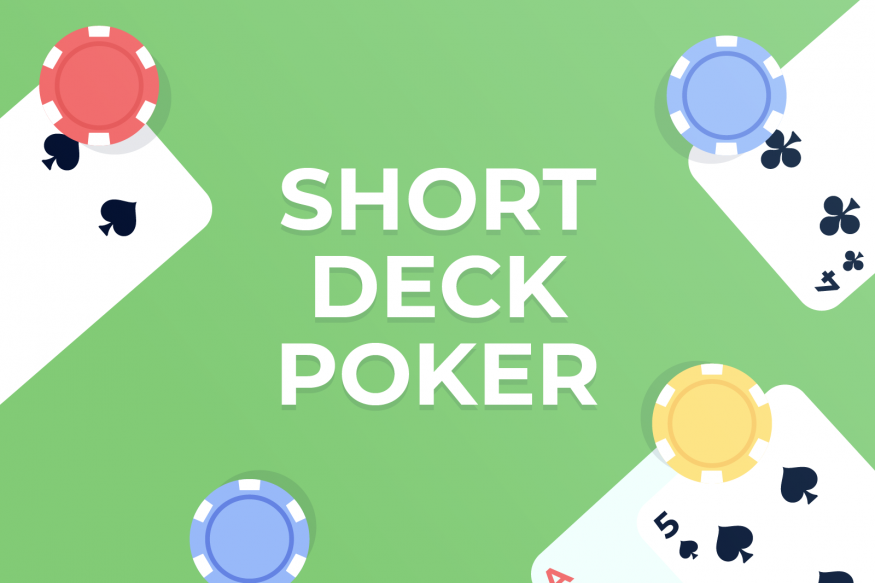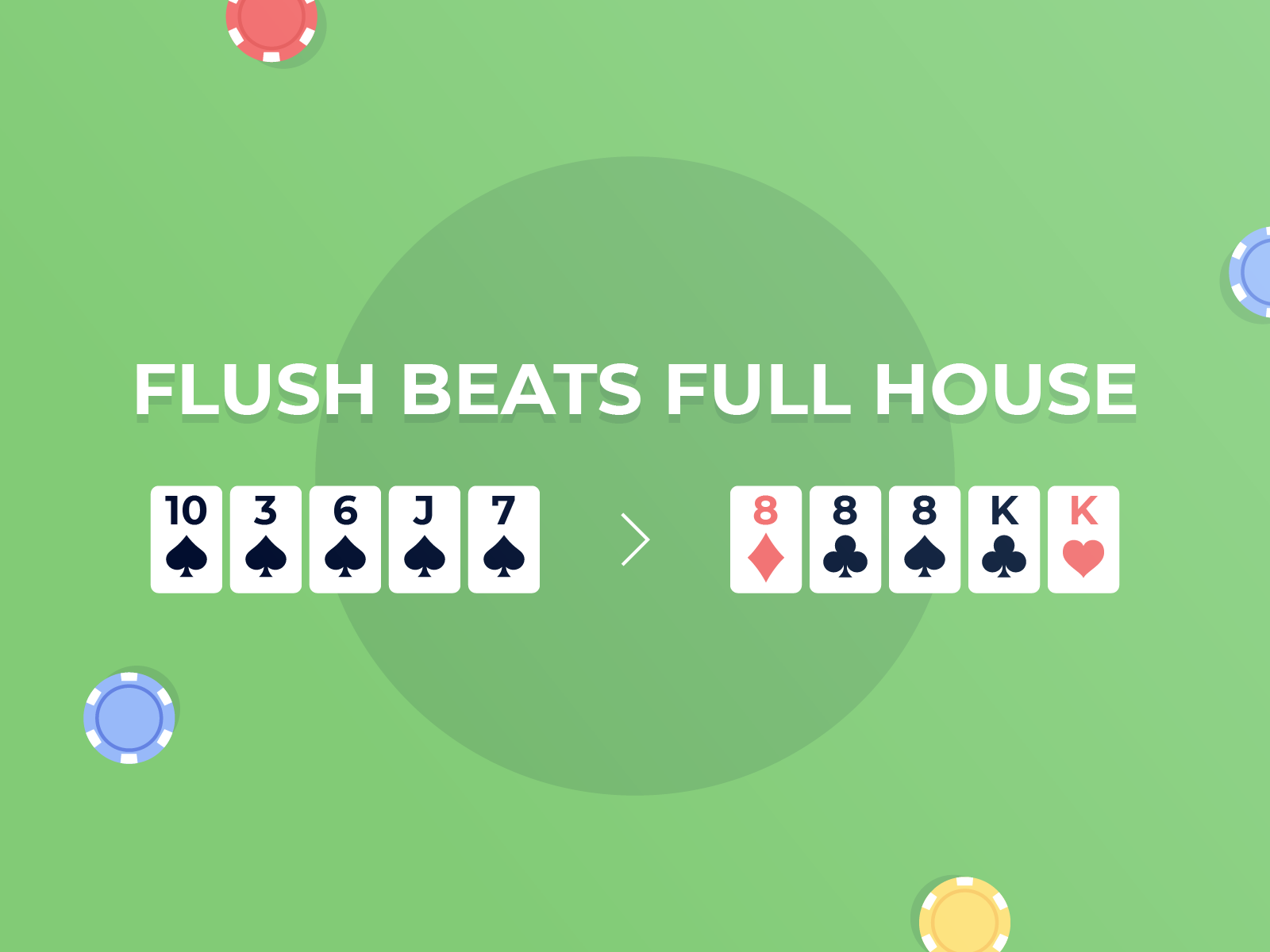Mastering Short Deck Hold’em: A Complete Guide to 6+ Hold’em Poker

Introduction to Short Deck Hold’em (6+ Hold’em)
Short Deck Hold’em, often called 6+ Hold’em, has quickly become a thrilling variant in the world of poker. While the classic Texas Hold’em is well-known for its measured, slow-paced strategy, Short Deck adds a dynamic twist by using a smaller 36-card deck. In this version, all cards from deuce to five are removed, creating more frequent action and boosting the likelihood of seeing big hands on the flop and beyond. The introduction of Short Deck has revitalized the game for players who crave a more exciting, fast-paced poker experience.
Basic Structure and Rules of Short Deck Hold’em
To fully enjoy Short Deck Hold’em, it’s essential to grasp the game's structural differences and rules:
- **Deck Composition**: Only cards from 6 to Ace are used, totally 36 cards.
- **Ante and Blinds**: Instead of traditional blinds, every player posts an ante, with the dealer/button paying a double ante each hand. This encourages more action, as it becomes cheaper to enter the pot, but players who fold too often will see their chips vanish quickly.
- **Gameplay Flow**: The hand proceeds similarly to standard Texas Hold’em. Pre-flop action takes place, followed by the flop, turn, and river, with betting rounds at each stage. Action always closes on the button player.
- **General Playability**: If you know how to play No-Limit Texas Hold’em, adapting to Short Deck is straightforward since the core mechanics are maintained.
Hand Rankings and Unique Rules in Short Deck Poker
One of the most noticeable distinctions in Short Deck Hold’em is the alteration to hand rankings due to the reduced deck. The odds of making particular hands change dramatically, influencing the hierarchy:
- **Flush Beats Full House**: In this format, a flush outranks a full house, reversing the regular Texas Hold’em order. This shift is rooted in mathematics; with fewer cards, full houses become more common than flushes.

- **Other Rankings**: While some home games allow three of a kind to outrank a straight, official events-like those in Macau or Las Vegas-still score straights higher than trips for improved playability.
- **Ace Functionality**: The Ace serves as both the highest and lowest card, letting players form a straight with A-6-7-8-9.
- **Official Short Deck Hold’em Hand Rankings**:
- Royal Flush
- Straight Flush
- Four of a Kind
- Flush
- Full House
- Straight
- Three of a Kind
- Two Pair
- One Pair
- High Card
How Odds and Probabilities Shift in 6+ Hold’em
With a 36-card deck, nearly every probability you’ve learned from regular Hold’em must be recalculated:
- **Increased Premium Hands**: Getting dealt pocket aces or kings occurs roughly twice as often compared to full-deck Hold’em.
- **Stronger Draws**: Drawing hands - like flush and straight draws - become significantly stronger because it’s easier to make these with fewer cards in the deck.
- **Weaker One-Pair Holdings**: One pair is almost no better than a busted hand by the river. With strong hands appearing more frequently, top pair or overpair loses reliable strength.
- **Calculation Adjustments**: Replace the familiar “rule of 2 and 4” for outs with “rule of 3 and 6” to account for the altered deck:
- Multiply your outs by 6 on the flop and by 3 on the turn to estimate your percentage to hit.
- **Common Probabilities in Short Deck Hold’em**:
- 22.9% chance of being dealt suited connectors or connected cards
- 8.6% chance of receiving a pocket pair
- Just under 1% chance of starting with pocket aces
Strategic Adjustments for Short Deck Poker

Crafting a successful strategy in 6+ Hold’em requires adopting new habits:
- **Value Strong Draws Aggressively**: Hands with many outs, such as flush or open-ended straight draws, dominate the format. For instance, a 12-out draw is a 63% favorite over a one-pair hand on the flop; a 15-out “super draw” is roughly 75% to win.
- **Devalue Premium Pocket Pairs**: Don’t overplay pocket aces, kings, or queens-these are easily cracked by drawing hands which are more likely to improve.
- **Play Suited Connectors Fearlessly**: Combos like JTs, KQs, or T9s increase in value given the high frequency of making two pair, straights, or flushes.
- **Utilize Position for Maximum Edge**: As with Pot Limit Omaha, Short Deck rewards aggressive play in position. Avoid difficult spots when you’re out of position, bet more decisively when you have the button, and limp strategically from early position to avoid tough post-flop decisions.
- **Avoid Over-Defending with Marginal Hands**: Don’t get tied up with weak top-pair or overpair situations-be willing to fold when your read points to strong draws or made hands.
Summary of essential strategy tips:
- Be aggressive with strong drawing hands.
- Be cautious with single-pair and even strong-overpair hands.
- Maximize the power of position.
- Limp selectively and fold marginal hands early.
Can You Consistently Win at Short Deck Poker?
Short Deck Hold’em’s high-action gameplay means higher variance, but also greater profit potential for skilled players. Much like Pot Limit Omaha, edges are amplified-so is risk. Those who learn the nuances of the game and adapt their strategy to its unique probabilities can secure a robust win-rate, but should be prepared for inevitable swings stemming from the short deck’s more “level” equities.
Playing Short Deck Hold’em Online

If you want to experience Short Deck Hold’em firsthand, online poker rooms are the best place to start since live venues don't run these games as frequently. Major online poker platforms now offer 6+ Hold’em tables at various stakes:
- **PokerStars**: A global leader in online poker, PokerStars provides 6+ Hold’em at everything from micro to high stakes, offering a secure, robust platform with a broad range of traffic.
- **GGPoker**: Another top international poker room, GGPoker features Short Deck games with comparable stakes and strong player pools, providing an excellent alternative for online play.
- **Poker Apps (PPPoker, KKPoker, etc.)**: These mobile-focused apps host regular Short Deck games, often attracting recreational players and providing a potentially softer environment for new or learning players.
Trying out different platforms will help you find the best fit, and practicing online is an efficient way to refine your Short Deck skills before considering live games.
Conclusion: Getting Started with Short Deck Hold’em
Short Deck Hold’em injects excitement and unpredictability into classic poker mechanics. With its reduced deck, unique hand rankings, and action-driven structure, it provides both a challenge for strategists and a delight for action-seeking players. By adapting your approach-emphasizing the power of draws, understanding revised hand values, and leveraging position-you can thrive in this rapidly growing poker variant. Dive into online games to build experience and start creating your personal strategy for 6+ Hold’em today.













